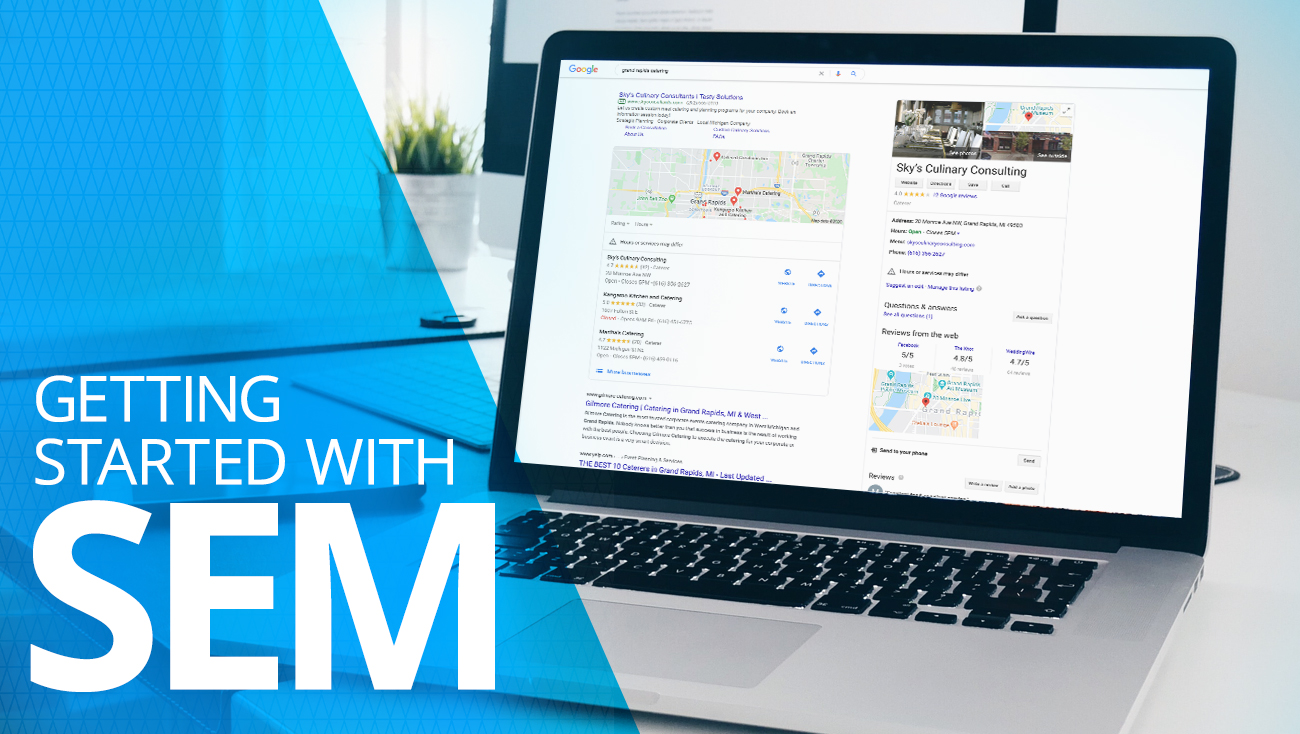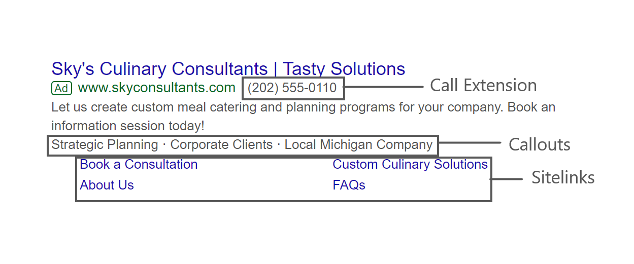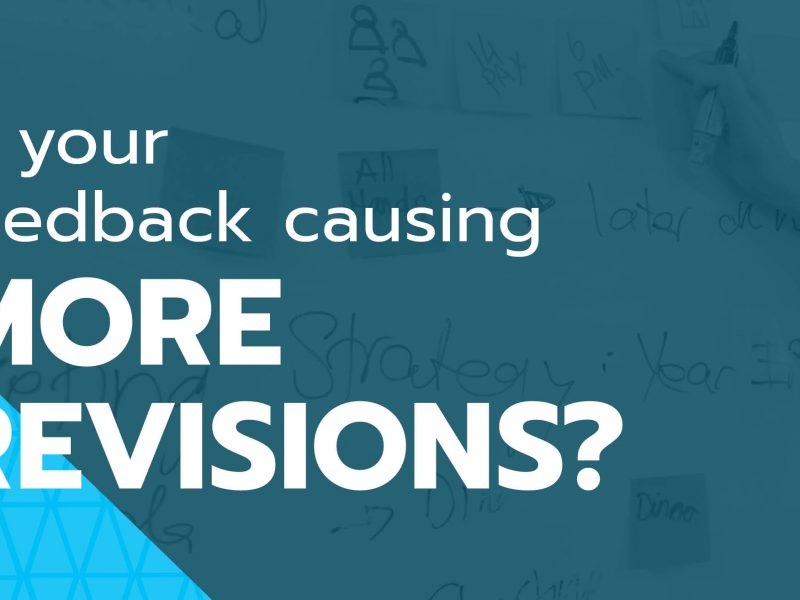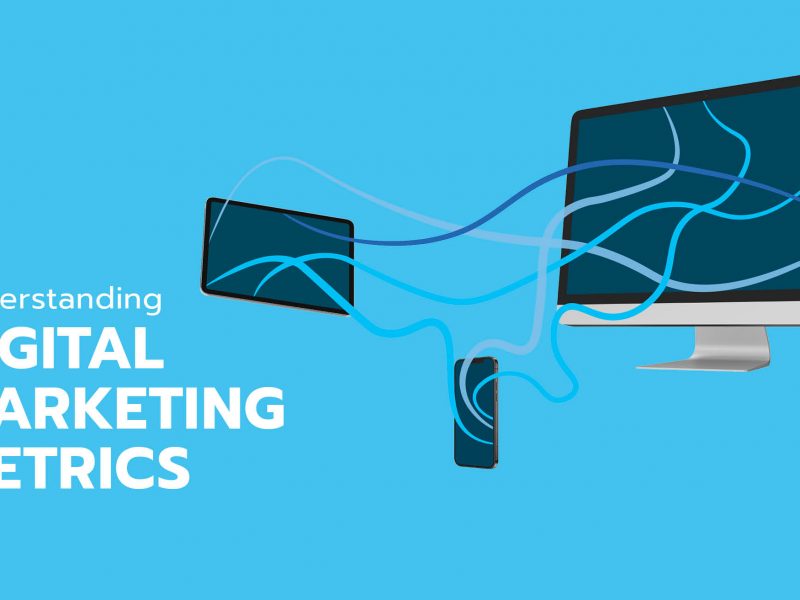
Getting Started with SEM
Search Engine Marketing (SEM), also recognized as pay-per-click (PPC), is a terrific tool to gain exposure online and reach your audience at any point in the conversion funnel. SEM has been evolving since 1996 when information began booming on the web, and search engines wanted to monetize their business, but don’t worry, it’s not too late for your company to start now. With an ever-growing reservoir of online resources, you are sure to catch up to speed rather quickly.
In April 2020, 81% of internet users aged 16 to 64 turned to a search engine like Google, Bing, or DuckDuckGo to buy a product or service. These search engines recognize this massive visitor volume and offer prime advertising slots so that you can reach your audience at the right time (when they are interested in your products/services), right place (where they are already looking) and with the right message (what they are looking for).
Four key steps to get started with SEM include establishing your goals, strategies, and tactics, then optimizing your campaigns for success and continuous growth. These steps may sound straightforward in your head but can quickly become complicated when writing them out and looking at a sea of data.
GOALS
A strong goal is a S.M.A.R.T. goal. This commonly used acronym ensures goals are specific, measurable, attainable, results-oriented, and timely. Each goal should describe the exact outcome they’re striving for among a specific target audience, a discrete time frame, a measurement or KPI that is relevant to the outcome, and a numeric value that is realistic to the context.
For example, here is a S.M.A.R.T. SEM goal for Sky’s Culinary Consultants: Earn 14 (measurable, attainable) form fills (results-oriented) from Grand Rapids businesses (specific) in the month of October (timely).
STRATEGIES
Once you’ve established your goal, you are ready to set your strategy. Keyword research is central to SEM strategy. Taking time to complete thorough keyword research will reward you in the long run by helping you reach users with high buyer intent and only paying for clicks that are relevant to your product and service.
There is no perfect science as to which keywords are too broad or too niche, so this is the time for your creativity and intellect to shine. There is also no pressure to perfect your keyword collection right away. You can always make adjustments to these later. The next step in creating your campaign is to build your tactics.
TACTICS
SEM tactics are your actual ads. These are what will appear within search results. Standard search ads include a landing page URL, a headline, and a description. Ads can be customized to include multiple headlines and descriptions, as well as call, callout, and sitelink extensions. These extensions allow you to show key attributes that make it easy for your audience to take action.

OPTIMIZING
If you are like me, campaign setup can be exciting. It’s a fresh start, a new beginning, and you’re ready to see the results, but we must be patient and wait to see the magic. Search campaigns may take a month or two for the provider to practice machine learning and reach the right audience.
After you see the clicks and impressions develop a steady base, you can slowly make tweaks to your campaign. Search providers like Google Ads can often display so much data that it can be challenging to know where to concentrate. I like to begin by checking to see how keywords are performing and if there are any that should be paused or removed, adding or updating ad extensions, adjusting that bid amount, and making sure the spend is on pace with the client’s budget.
While this can be fun to do right away, it is crucial to not make too many changes at once, so you minimize the change variables. By making a change or two at a time, it is easier for you to recognize what actions helped or hindered your performance.
Lastly, as much as we wish we could control the outcome of our campaigns, we must consider external factors that may impact your performance. If you see a sporadic activity spike or fall, try to recognize if there were any holidays or events that could have made an effect, then adjust accordingly and make a note in your reports.
Search engine marketing is continuously adopting new features and processes, but these four steps will remain static for successful campaigns. Planning S.M.A.R.T. goals, setting a well-researched strategy, using fine-tuned tactics, and optimizing your campaigns are sure to help you reach your desired audience and achieve your desired outcome.
See how LEAD Marketing Agency earned more leads at a lower cost for Jobson Roofing in their client results. Contact us to boost your Digital Marketing with SEM.





